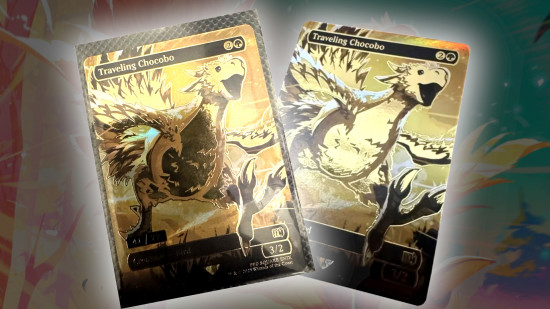Whether you’re a weekend warrior battling across the kitchen table or a fervent aficionado who can name every artist who ever illustrated a Black Lotus, there’s one nightmare scenario that can send anyone rummaging through their deck in a cold sweat: discovering a counterfeit card amongst your precious collection. As the artistry and subterfuge of counterfeiting have evolved, especially with the beloved Magic: The Gathering cards, players must arm themselves with more than just spells and mana. Luckily, with a fair dose of vigilance and a toolkit brimming with sleuthing essentials, you can thwart the fake card invasion.
First and foremost, don’t underestimate your innate superpowers: your senses. Your fingers and eyes are two of the best allies against the villainous clones lurking within piles of cardboard.
Start with the texture. Genuine Magic cards have a distinct feel – a matte surface, something comfortably familiar in the tactile memory of every seasoned player. Counterfeits often feel more like they belong in a glossy restaurant menu than the magical battlefield. A simple trick when in doubt? Compare to a land card from the same set; those ubiquitous lands are a steadfast standard by which others can be judged.
Next, wield the light. It’s a deceptively simple but powerful tool. Flashlight in hand, shine a beacon upon the suspected card. Authentic Magic cards are structured with a blue core, a paper sandwich which can deceptively transmit a cool, subtle glimmer of light. Counterfeits struggle with this test: some spurious fakes are too opaque, resisting light’s gentle embrace completely, while others are thin and glow as though channeling a lantern rather than a card’s calm countenance.
Enter jewelry loupes—tiny, budget-friendly Sherlock Holmes kits for card enthusiasts. A mere 30x magnification loupe can uncover a multitude of sins lurking beneath the surface.
Pay attention to the rosette pattern. The art and text of genuine cards are printed using a delicate ballet of tiny, circular dots that coalesce into a rosette pattern, appearing like mini floral imprints. Counterfeits expose themselves with shoddy, blurry dots, awkward grids, and digital pixelations that scream forgery when viewed through the loupe.
Then, the infamous solid black test is next. Every Magic aficionado will note that the process wizardry of legitimate cards includes black ink applied in a bold, singular layer for names and mana symbols. Counterfeits rarely catch this trick, deploying a composite black from color amalgamations, painting a fuzzy picture under magnification and failing the will-this-bear-the-coat-of-arms inspection.
No collector’s revelation checklist is complete without the peculiar yet telling sign of a green dot—the “L” symbol. Let your detective skills shine as you zoom in on the back of the card, encapsulated in the green mana symbol. A true card will bear a red dot pattern forming an upside-down “L” within its yellow-green border. Counterfeits often miss this detail, offering muddled blobs or outright omissions.
Of course, modern Magic cards have their safeguards, too, like the holofoil stamp from Magic 2015 onward. Authentic rare and mythic rares boast an oval hologram stamp, slick with microtext including planeswalker symbols and mana emblem derivatives. Counterfeits might fumble this with grainy, raised images or absurd decals that feel as if they’ve had an illicit transfer from another card.
However, a word to the wise, as tempting as the methods of old may sound, avoid tearing or bending as these might inadvertently damage a rare good find rather than revealing a counterfeit. More contemporary forgeries have grown wise to such tactics. Instead, rely on non-destructive means.
It’s all about layering your defenses, rather like any good strategy game. One method might be mistaken, but a combination will always prove more reliable. Feel the texture, light it up, let your loupe lead the charge; each piece of evidence builds an incontrovertible case against the impostor.
With such detection artistry, your abilities will grow sharper, offering greater protection over your collection. Armed with this knowledge, you’ll be not just a collector, but a guardian of one of the most cherished games, keeping its magic true and its spells genuine.

